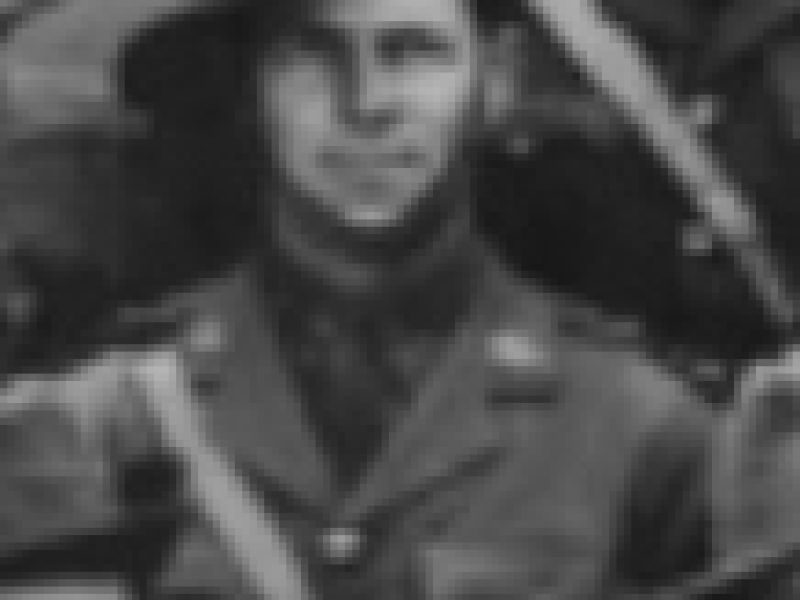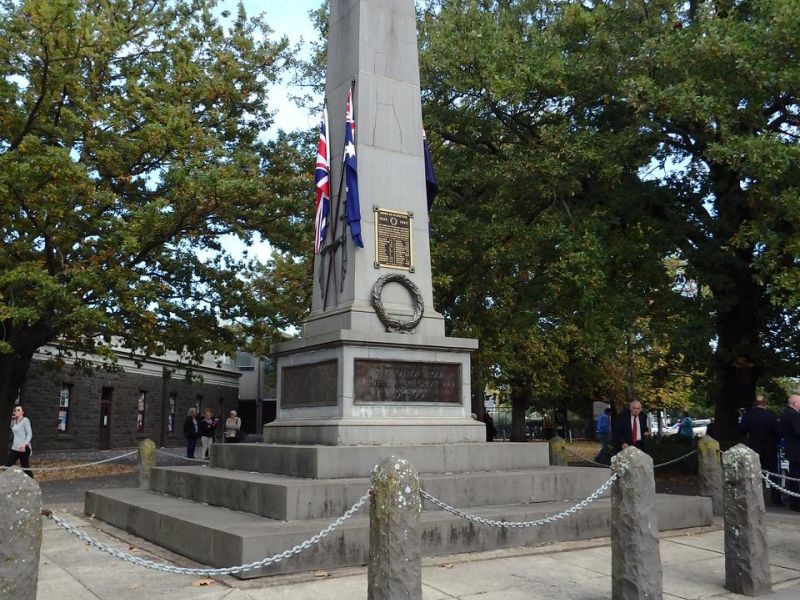1652 Lieutenant Stanley James Bennie, 21st Australian Infantry Battalion, AIF
Stanley Bennie was born in Lauriston, Victoria, around 1892, the eldest son of James and Elizabeth Bennie. He attended Lauriston state school, and went on to find employment as an engine driver. Bennie enlisted in the Australian Imperial Force at Ballarat on 7 May 1915.
His brothers Alf and Ray also served, returning safely to Australia in 1919. Bennie was allotted to reinforcements for the 21st Battalion, and embarked from Melbourne on the troopship Demosthenes in July.
Bennie joined his unit in Egypt, before it headed for Gallipoli in late August. Landing at Anzac Cove in early September, the battalion had a relatively quiet time at Gallipoli, as the last major Allied offensives had been defeated in August.
After evacuation from Gallipoli in December, the 21st Battalion arrived in France in late March 1916. It was the first Australian battalion to begin active operations on the Western Front.
In late June, Bennie took part in night raid on enemy trenches. During the battle of Pozieres it was engaged mainly on carrying duties, but suffered its heaviest casualties of the war during the fighting around Mouquet Farm.
Bennie was made temporary corporal on 1 August as a result of the wounding of another man, and two months later was promoted to sergeant under the same circumstances. Bennie’s leadership skills continued to be notice, and on 7 April 1917 he was appointed 2nd lieutenant. Not long afterwards, in early may his battalion fought at Bullecourt.
Bennie was wounded in action, suffering a gunshot wound to his left forearm. After being admitted to a casualty clearing station, then transferred to an ambulance train before reaching a Red Cross hospital, the wound was operated on.
Around this time Bennie was recommended for the Military Cross for his actions during an attack on enemy lines at Ville-Sur-Ancre when he took command of a company after the commander was wounded. While the award was never officially approved, he was Mentioned In Despatches in September for several months of outstanding work as the battalion’s scouting officer.
While his wound healed, Bennie was left with ongoing problems with his arm, and was sent to England at the end of the month to recover. After a period of recovery, a medical board determined that Bennie was well enough to return to service: he now had good motion in his left elbow, and a firm grip.
He rejoined his unit in France in late November 1917, with a promotion to lieutenant. After attending 1st Anzac Corps School and some other officer training, Bennie had some leave in England in August and early September 1918 before returning to duty.
On 5 October, men of the depleted 2nd Australian Division captured the village of Montbrehain. British troops had fought their way in two days earlier, had were exhausted and had been unable to hold their position.
The battle plan was put together at relatively short notice, but applied many of the successful tactics that had been used since successes at Hamel. This attack, spearheaded by the 21st and 24th Battalions, was to be the last action involving Australian infantry on the Western Front.
Advancing in the early morning of, the Australians succeeded in occupying the village and took some 400 German prisoners. The action claimed 430 Australian casualties. Among the dead was Lieutenant Stanley Bennie, who had led his platoon into action before being killed.
He was 26 years old.
KIA 5 October 1918
- Australian War Memorial https://www.awm.gov.au/collection/R1752577

 Australian War Memorial
Australian War Memorial